Snowy: Exploring the Science Behind Snow
Welcome to the snowy study guide! In this guide, we will explore the science behind snow, including its formation, properties, and impact on the environment.
Formation of Snow
Snow is formed when water vapor in the atmosphere condenses directly into ice crystals, bypassing the liquid stage. This process, known as deposition, occurs when the temperature is below freezing and there is enough moisture in the air. The ice crystals then join together to form snowflakes.
Snowflake Structure
Snowflakes come in a variety of intricate shapes and structures. Each snowflake is unique, with a complex hexagonal crystal lattice. The arrangement of water molecules in a snowflake gives it its distinctive and intricate pattern.
Properties of Snow
Snow has several unique properties, including its low density, high reflectivity, and insulating ability. Its low density means that it can accumulate in large quantities without adding significant weight. The high reflectivity of snow, also known as albedo, plays a crucial role in regulating the Earth's climate by reflecting solar radiation back into space. Additionally, snow acts as a natural insulator, helping to protect the underlying soil and vegetation from extreme cold temperatures.
Impact on the Environment
Snow plays a significant role in the Earth's hydrological cycle, serving as a crucial source of freshwater for many ecosystems. It also influences local and global climate patterns through its reflective properties and insulating effects. However, changes in snow cover due to climate change can have far-reaching impacts on ecosystems, water resources, and human activities.
Study Guide
- What is the process by which snow is formed?
- Describe the structure of a snowflake.
- Explain the unique properties of snow.
- How does snow impact the environment?
Use this study guide to deepen your understanding of the science behind snowy conditions and the role of snow in the natural world.
.◂Science Worksheets and Study Guides Eighth Grade. Plate tectonics
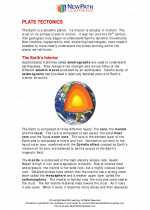
 Activity Lesson
Activity Lesson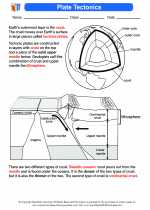
 Worksheet/Answer key
Worksheet/Answer key
 Worksheet/Answer key
Worksheet/Answer key
 Worksheet/Answer key
Worksheet/Answer key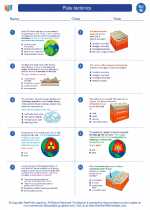
 Worksheet/Answer key
Worksheet/Answer key
 Vocabulary/Answer key
Vocabulary/Answer key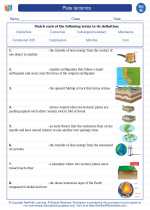
 Vocabulary/Answer key
Vocabulary/Answer key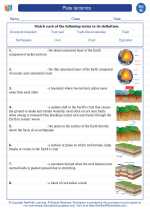
 Vocabulary/Answer key
Vocabulary/Answer key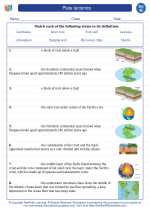
 Vocabulary/Answer key
Vocabulary/Answer key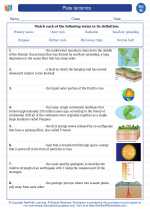
 Vocabulary/Answer key
Vocabulary/Answer key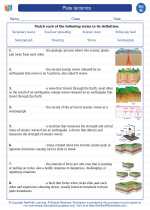
 Vocabulary/Answer key
Vocabulary/Answer key
 Vocabulary/Answer key
Vocabulary/Answer key
